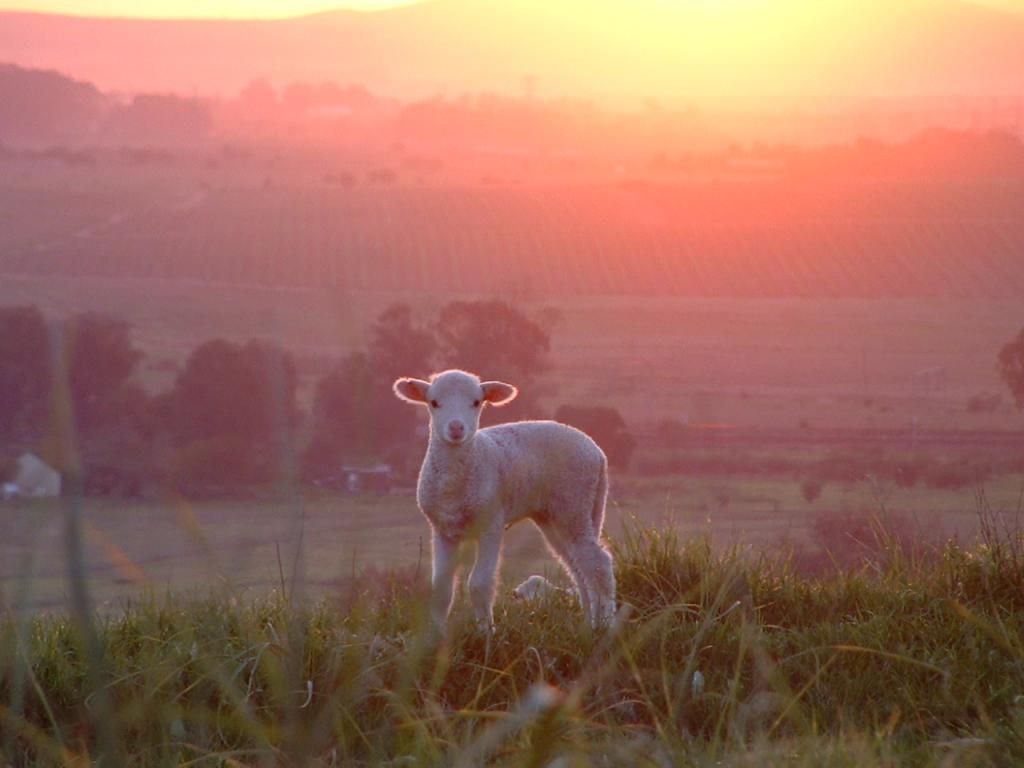Wool can and should be marketed as a natural,
environmentally-friendly quality fiber. Anything that undermines this image can
lead to consumer resistance and have a negative effect on the marketability and
price of wool.
Contamination of wool by foreign objects –
like black hair, bale twine, wire, bolts, cigarette butts, matches, dog hair,
pieces of cloth – pose a serious threat to the long-term sustainability and
profitability of wooled sheep farming.
Contamination of wool can
result in big claims against buyers or processors, and damages the reputation
of the clip.
Hard objects in a bale can
damage core sampling and wool processing machines, while deviating fibers
(black hair, Kemp) can spoil meters of fabric as these only show up at the
final stage of processing.
In addition, increasing
worldwide antipathy towards any form of pollution, and stricter regulations,
particularly by the European Union, about environmental pollution, are putting
pressure on the wool industry to eliminate chemical contaminants and ensure
that pesticide-free wool products reach the market.
The main sources of contamination are:
· Foreign objects originating in
the shearing shed, e.g. fertilizer bags, baling twine, pieces of metal,
clothing, cigarette butts, etc.
·
Wool packs containing loose
material, usually fibers.
·
Sheep branding inks and certain
wound dressing containing discoloring compounds.
·
Colored fiber resulting from
crossbreeding or non-woolled sheep breeds running with Merino sheep.
·
Residues from pesticides used for
the treatment of external parasites on sheep
What producers should do to
prevent contamination
In the shearing shed:
It is vitally important
for all producers to maintain good management principles in the shearing shed to
avoid contamination prior to classing and packing. No matter how well-classed
the clip, if it is contaminated with baling twine or other foreign objects, the
buyer will penalize it.
·
Clean the shed thoroughly before
shearing commences and store away any tools, bolts and other metal objects.
·
In order to minimize possible
contamination with animal hair, feathers, baling twine, etc., ensure that the
holding pens are clean.
·
Educate shearing team and workers
about the dangers of contamination.
·
Provide a rubbish bin with a lid
for cigarette buts and other rubbish.
·
Ensure that proper supervision is
exercised during shearing.
·
No dogs or other animals should
be allowed in the shed.
·
Use a rubber rake rather than an
ordinary broom with hair in the shearing shed.
·
Never use jute bags in the
shearing shed, be it for wiping feet or sharpening the shears on. Rather use carton, paper or a piece of
sheepskin.
·
Never use baling twine in the
shearing shed, even for hanging tools or other gadgets against the wall.
·
Make sure that shearers don’t use
twine for their shears.
·
Shearers should preferably not be
allowed to sleep in the shearing shed.
·
Always shear purebred woolled
sheep first.
During shearing and classing:
·
Wool stained with branding ink,
tar, urine, dung, blood, paints or discolored by fungi or chemicals must be
removed before shearing, packed separately and marked as “Brands”
·
Remove all bloodstained wool
during the shearing process.
·
Request the shearers to remove
pieces of skin cut off during shearing. Skin pieces quickly become dry and hard
and can damage carding machines.
·
Topknots and cheek wool can
contain hairy fibers and must, therefore, be packed with the lox, irrespective
of how long and attractive they look.
·
Colored fibers are often found
around the horns and should not be packed with bellies or pieces to prevent
contamination.



























































